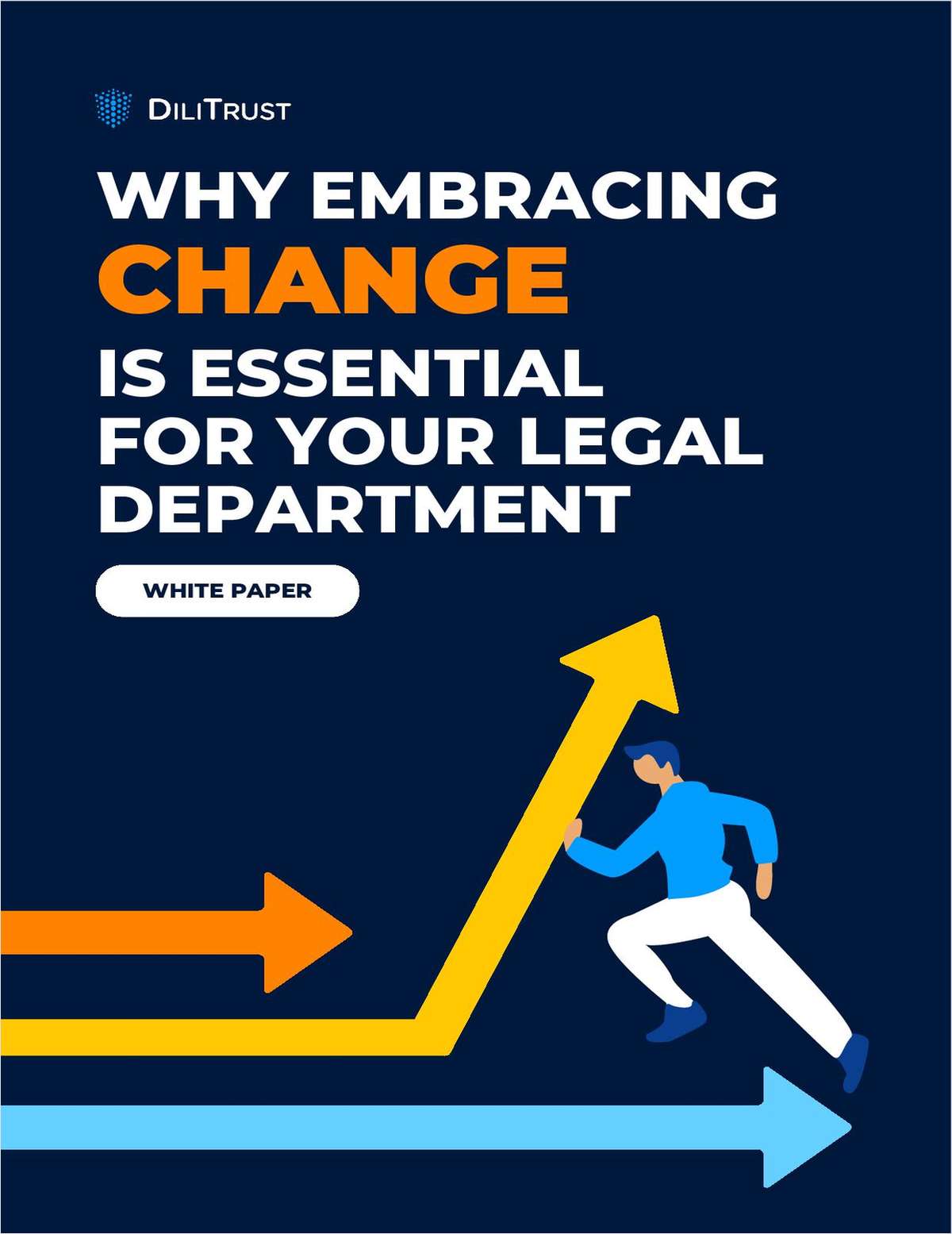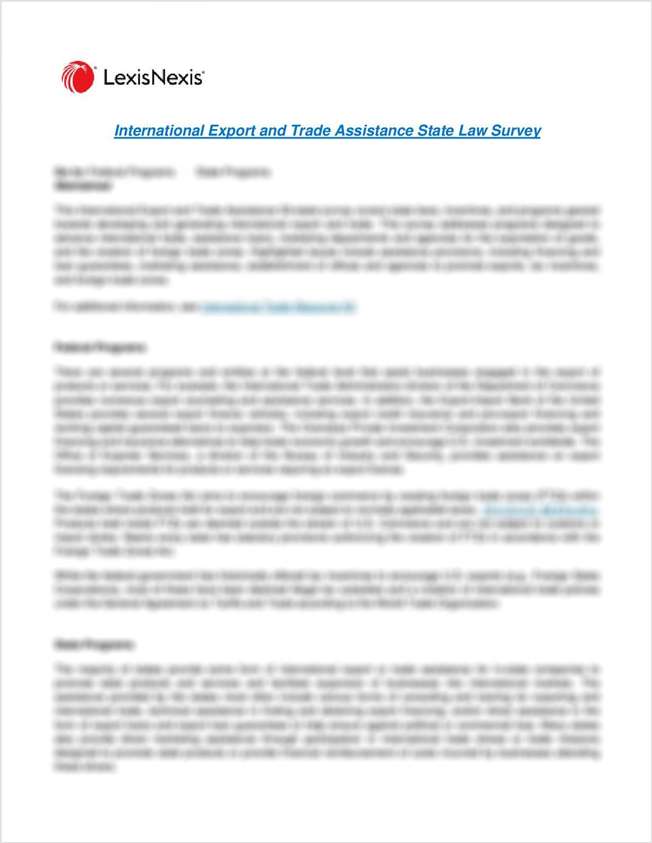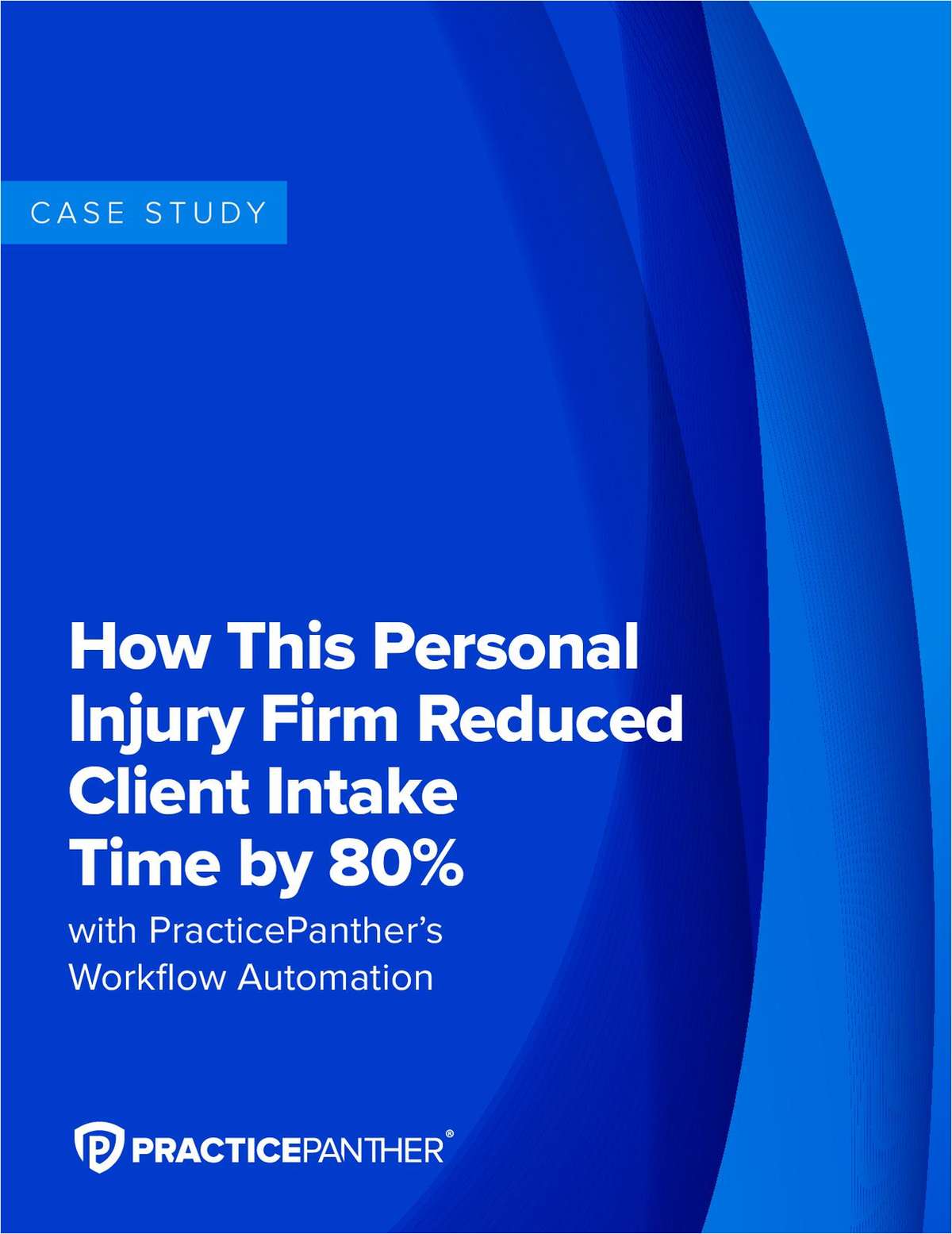 Computer programming, often shortened to programming, is a process for original formulation of computing problems to executable computer programs such as analysis, development, algorithms and verification. Courtesy photo.
Computer programming, often shortened to programming, is a process for original formulation of computing problems to executable computer programs such as analysis, development, algorithms and verification. Courtesy photo.Unprecedented Insights, But Unwieldy Governance: The Problem With Algorithmic Tools
At the "Algorithmic Malpractice & Lawfare" session of Legalweek 2020 in New York, a panel of legal and tech experts examined the paradox at the heart of today's most cutting-edge innovations.
February 04, 2020 at 04:44 PM
3 minute read
The original version of this story was published on Legal Tech News
In the digital age, it is too often the case that a technology's benefits can be too good to be true. Algorithmic and artificial intelligence-based decision-making programs, for instance, can help schools better ensure academic success and help insurance companies set more accurate policy pricing. But its benefits come at a price, specifically, the steep challenge of trying to understand, limit, and govern the tool, and how it's used.
At the "Algorithmic Malpractice & Lawfare" session of Legalweek 2020 in New York, a panel of legal and tech experts examined this paradox at the heart of today's most cutting-edge innovations.
Jordan Thompson, deputy general counsel and privacy officer at the New York Institute of Technology, noted that his school developed an algorithmic tool to help "identify students who would be likely to drop out and not be successful, and a lot of time that analysis is being done before they are even setting foot on our campus."
The analysis, which uses such data as parental income and social economic status, is only performed on students who have been accepted to the school, and is done to help match students to certain assistance. "The reason we are doing it is we want to retain our students at a higher percentage," Thompson said.
But while the tool helps the school address its students' needs, it's not without risks. Thompson noted that something that "gets us anxious is the misuse of this data. … [With] administering a program to succeed, it's hard when you have a decentralized system such as a university where you have faculty and a bunch of people who work under faculty who are not necessarily listening to [the] administration."
Thompson said that some of that data misuse can include situations where professors stigmatize certain students based on the algorithmic analysis, which could run afoul of the Family Educational Rights and Privacy Act. Thankfully, "we haven't experienced a lot of [that] yet," Thompson said.
Outside of the education space, algorithm-based insurance pricing tools can also be tricky to implement. Stephen Palley, a partner at Anderson Kill, recalled an insurance company he knew that "developed a really good machine-learning predictive algorithm that, using a smaller data set could more accurately price insurance." The problem is "they said we don't actually understand how the software reaches its result, it's a black box," Palley said.
Not knowing how the tool works, however, can render it unusable. Palley noted that some regulators, such as the New York Department of Financial Services, "reserve [the] right to examine and audit" algorithms and require them to be transparent. "The takeaway with this and other developing technology is you can't skirt responsibility by saying you don't understand the software," he added.
This content has been archived. It is available through our partners, LexisNexis® and Bloomberg Law.
To view this content, please continue to their sites.
Not a Lexis Subscriber?
Subscribe Now
Not a Bloomberg Law Subscriber?
Subscribe Now
NOT FOR REPRINT
© 2024 ALM Global, LLC, All Rights Reserved. Request academic re-use from www.copyright.com. All other uses, submit a request to [email protected]. For more information visit Asset & Logo Licensing.
You Might Like
View All
A Look Back at High-Profile Hires in Big Law From Federal Government
4 minute read
'Appropriate Relief'?: Google Offers Remedy Concessions in DOJ Antitrust Fight
4 minute read
Life, Liberty, and the Pursuit of Customers: Developments on ‘Conquesting’ from the Ninth Circuit
8 minute read
Legal Departments Gripe About Outside Counsel but Rarely Talk to Them
4 minute readLaw Firms Mentioned
Trending Stories
Who Got The Work
Michael G. Bongiorno, Andrew Scott Dulberg and Elizabeth E. Driscoll from Wilmer Cutler Pickering Hale and Dorr have stepped in to represent Symbotic Inc., an A.I.-enabled technology platform that focuses on increasing supply chain efficiency, and other defendants in a pending shareholder derivative lawsuit. The case, filed Oct. 2 in Massachusetts District Court by the Brown Law Firm on behalf of Stephen Austen, accuses certain officers and directors of misleading investors in regard to Symbotic's potential for margin growth by failing to disclose that the company was not equipped to timely deploy its systems or manage expenses through project delays. The case, assigned to U.S. District Judge Nathaniel M. Gorton, is 1:24-cv-12522, Austen v. Cohen et al.
Who Got The Work
Edmund Polubinski and Marie Killmond of Davis Polk & Wardwell have entered appearances for data platform software development company MongoDB and other defendants in a pending shareholder derivative lawsuit. The action, filed Oct. 7 in New York Southern District Court by the Brown Law Firm, accuses the company's directors and/or officers of falsely expressing confidence in the company’s restructuring of its sales incentive plan and downplaying the severity of decreases in its upfront commitments. The case is 1:24-cv-07594, Roy v. Ittycheria et al.
Who Got The Work
Amy O. Bruchs and Kurt F. Ellison of Michael Best & Friedrich have entered appearances for Epic Systems Corp. in a pending employment discrimination lawsuit. The suit was filed Sept. 7 in Wisconsin Western District Court by Levine Eisberner LLC and Siri & Glimstad on behalf of a project manager who claims that he was wrongfully terminated after applying for a religious exemption to the defendant's COVID-19 vaccine mandate. The case, assigned to U.S. Magistrate Judge Anita Marie Boor, is 3:24-cv-00630, Secker, Nathan v. Epic Systems Corporation.
Who Got The Work
David X. Sullivan, Thomas J. Finn and Gregory A. Hall from McCarter & English have entered appearances for Sunrun Installation Services in a pending civil rights lawsuit. The complaint was filed Sept. 4 in Connecticut District Court by attorney Robert M. Berke on behalf of former employee George Edward Steins, who was arrested and charged with employing an unregistered home improvement salesperson. The complaint alleges that had Sunrun informed the Connecticut Department of Consumer Protection that the plaintiff's employment had ended in 2017 and that he no longer held Sunrun's home improvement contractor license, he would not have been hit with charges, which were dismissed in May 2024. The case, assigned to U.S. District Judge Jeffrey A. Meyer, is 3:24-cv-01423, Steins v. Sunrun, Inc. et al.
Who Got The Work
Greenberg Traurig shareholder Joshua L. Raskin has entered an appearance for boohoo.com UK Ltd. in a pending patent infringement lawsuit. The suit, filed Sept. 3 in Texas Eastern District Court by Rozier Hardt McDonough on behalf of Alto Dynamics, asserts five patents related to an online shopping platform. The case, assigned to U.S. District Judge Rodney Gilstrap, is 2:24-cv-00719, Alto Dynamics, LLC v. boohoo.com UK Limited.
Featured Firms
Law Offices of Gary Martin Hays & Associates, P.C.
(470) 294-1674
Law Offices of Mark E. Salomone
(857) 444-6468
Smith & Hassler
(713) 739-1250








